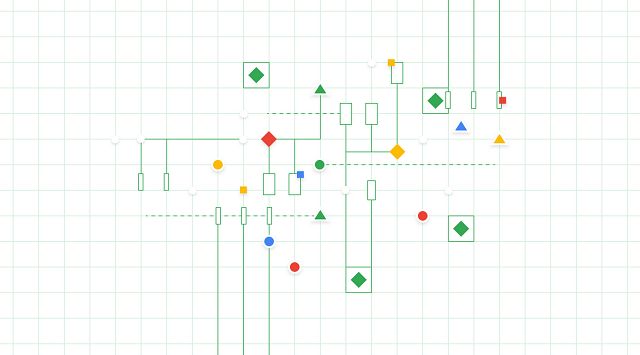An Augmented Reality Microscope will help in detecting cancer cells in upcoming days
With each passing day virtual reality, augmented reality and machine learning are opening new pathways in varied medical disciplines. It has been found that the application of the machine learning in varied medical departments specifically the radiology, ophthalmology, dermatology and pathology can help in deriving accurate and precise reports of the patients on global scale which can in turn boost the overall health sector on global level.Google research team has come with an innovative and promising Augmented Reality Microscope, which has started showing remarkable results in detecting the breast cancer symptoms with highest rate of accuracy found only in very few trained pathologists.
This augmented reality microscope can perform a wide range of task like offering visual feedback, in form of the heat maps, contours, arrows, animation as well as some texts. As it is being powered by the machine learning it has got the ability to perform some problem solving as well as like going through smart object detection, classification as well as the quantification.
Google researchers have developed the augmented reality microscope based on the modern computation models along with the deep learning models using TensorFlow. The use of the machine learning algorithm helps in getting the output right on the screen in real time.
Detecting breast cancer based using new algorithms
Google researchers has trained this augmented reality microscope to run two very different cancer detection algorithms in order to detect cancer with highest rate of accuracy.One algorithm allows the augmented reality microscope to detect the breast cancer metastases present in the lymph node while the other algorithm trains it to detect the prostate cancer present in the prostatectomy specimens.As it is able to take snaps in higher magnification of 4-40x, it allows the physician or researchers to have a look at the growing tumour regions with the green contour right on their screen. Furthermore these detailed imaging of the cells also allows the doctors or pathologist to carefully study the area under the influence of tumours cells without any issues.
Future application of the augmented reality microscope
Google is hopeful that augmented reality microscope will find its due place in the global health sector market along with making a huge impact in the same. It will be a great asset for the developing countries where it becomes extremely difficulty to detect the common infectious disease like tuberculosis and malaria in the early stages.Apart from being robust in nature it is also quite light weight which will help it in finding it easily adoptable in wide varieties of industries globally apart from the pathology.
Secondly augmented reality microscope will also be finding a huge success in the digital industry here it can be used to create digital workflow prints which aren’t’ possible to be done by the modern scanners.
Healthcare will certainly be the prime focus of the Google in establishing, introducing and marketing the augmented reality microscope in the upcoming days but tech giant is also looking forward to bring this revolutionary device to the life research and material science disciples as well.








